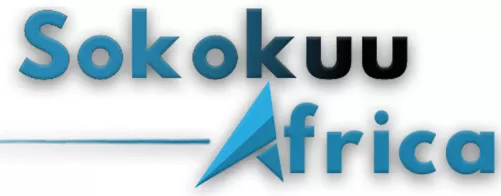Sidama fiche printing ,Lazer & Textil Garment Enterprise
Informações de contacto
Sidama fiche printing ,Lazer & Textil Garment Enterprise
Bronze
Ensermu
mengistu
M
Addes ketama sub city fladlfiya kebel
Hawassa
Ethiopia
+251-93-131-4131
Endereço de envio
Addes ketama sub city fladlfiya kebel
Hawassa
Ethiopia
Quality Lazer & Textal product manfactiring &Lazer garment vision" refers to a system that uses lasers to cut fabric with high precision, often aided by a vision system (camera) to detect and recognize patterns on the fabric. This technology is commonly used for cutting sublimation-printed fabrics and other materials like sportswear and apparel.
Here's a more detailed explanation:
How it works:
1. Vision System:
The vision system (usually a camera) scans the fabric and identifies the printed designs, registration marks, or contours.
2. Laser Cutting:
The laser beam then cuts the fabric along the identified contours with high accuracy and speed.
3. Automation:
The process can be automated, often using a conveyor system and auto-feeder to continuously feed and cut the fabric.
4. Benefits:
This system offers advantages like:
High Accuracy: The laser cutting provides clean, precise edges, minimizing rework and waste.
Speed and Efficiency: The automated process can significantly reduce production time and labor costs.
Adaptability: The vision system can compensate for fabric distortions and stretches, making it suitable for various materials.
5. Applications:
Common applications include:
Sublimation-printed fabrics: Cutting patterns on garments, banners, and other textiles.
Sportswear: Cutting pieces for athletic wear with precise and complex designs.
Other apparel: Cutting various garment components and patterns. The textile industry's vision generally revolves around sustainable, innovative, and globally competitive practices. This includes becoming a leader in high-tech and high-growth product segments, focusing on sustainability and digitalization, and ensuring the industry's economic and social impact.
Key aspects of the vision include:
Global Leadership and Competitiveness:
Aiming to become a global leader in textile manufacturing, exporting, and innovation, with a focus on value-added products and market dominance.
Sustainability and Environmental Responsibility:
Prioritizing environmentally friendly processes, reducing pollution, and promoting sustainable practices throughout the supply chain.
Innovation and Technological Advancement:
Investing in R&D, adopting new technologies, and embracing digital transformation to enhance efficiency and productivity.
Social Responsibility and Human Resources:
Ensuring fair labor practices, promoting women's empowerment, and investing in skill development to build a skilled workforce.
Economic Growth and Development:
Driving economic growth through increased production, exports, and investment in the textile sector, particularly in developing nations.
Focus on specific segments:
Developing high-tech and high-growth product segments, such as technical textiles, to enhance the industry's value and competitiveness.
Examples of visions in specific contexts:
India's textile vision:
Positioning India as a global textiles manufacturing hub, aiming for a US$ 250 billion textile industry and US$ 100 billion in global exports by 2030.
Japan's textile vision:
Moving forward with future policies by positioning areas in which to develop new markets as “Strategic Areas” and areas like sustainability and digitalization which are a prerequisite for business as “Cross-Sectional Areas,”.
Individual companies:
Many textile companies have their own visions, often focusing on becoming a preferred partner, delivering value to stakeholders, and achieving sustainable growth.
Não foram encontradas mensagens
Escrever um comentário
